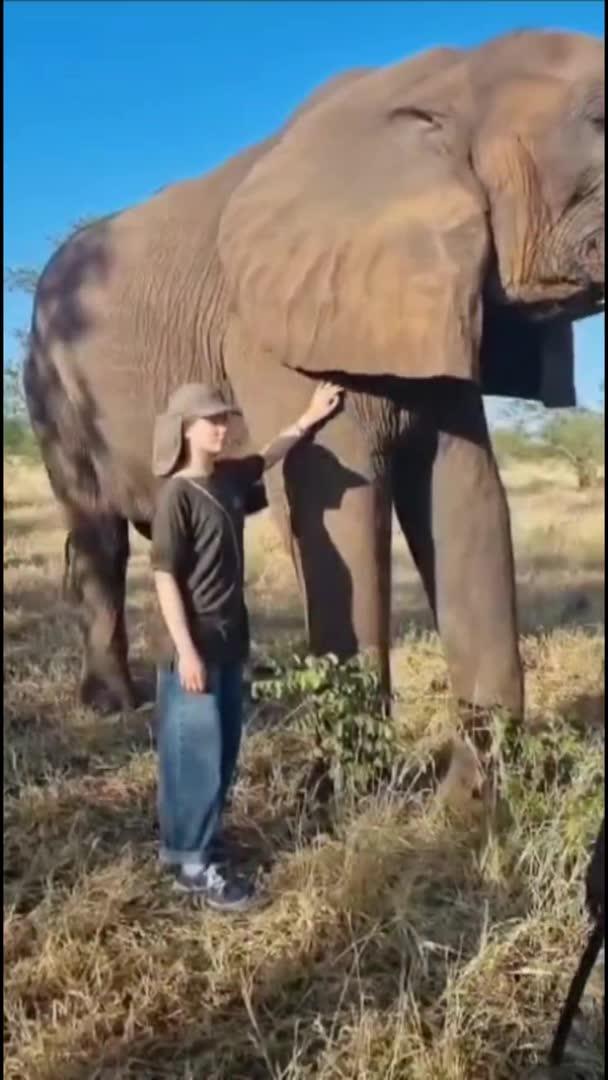
Le mont Kilimandjaro, à la frontière entre la Tanzanie et le Kenya, est la plus haute montagne d'Afrique, qui domine seule la savane environnante avec ses sommets enneigés.
Post: 25 July 10:35

Post: 25 July 10:35

Post: 26 September 09:41

Post: 10 January 09:25

Post: 25 May 18:36

Post: 8 March 23:17

Post: 27 August 09:32

Post: 28 July 09:20

Post: 29 June 08:51

Post: 26 May 06:37

Post: 11 April 07:52

Post: 15 January 03:26

Post: 15 December 09:27

Post: 5 September 08:09

Post: 3 September 14:59

Post: 3 September 13:34

Post: 3 September 11:57

Post: 22 July 14:10